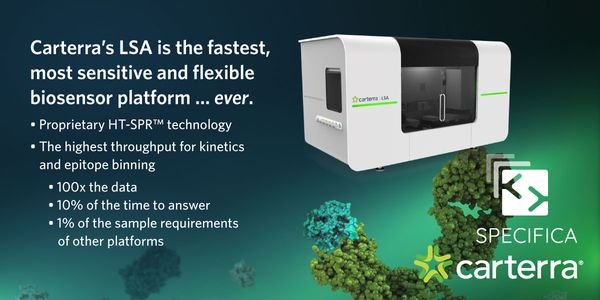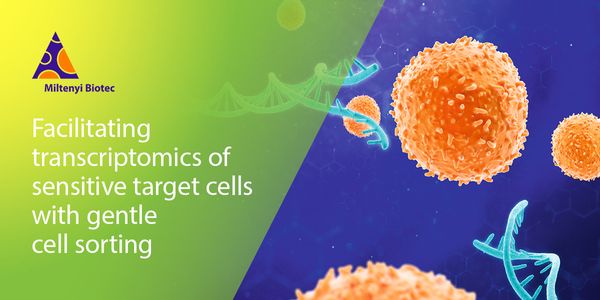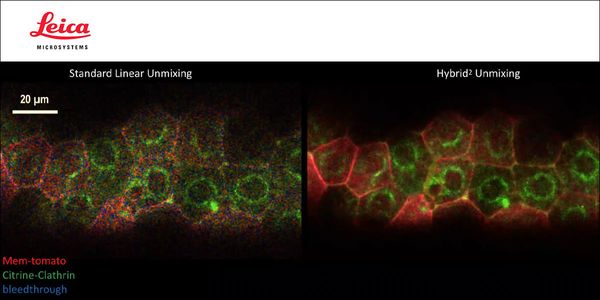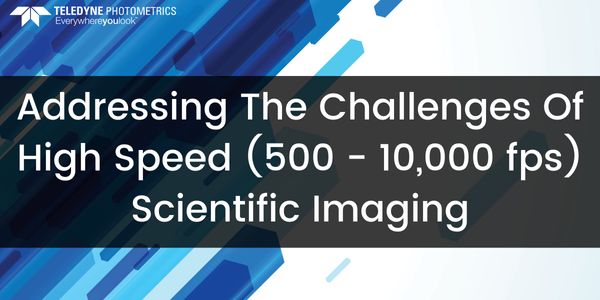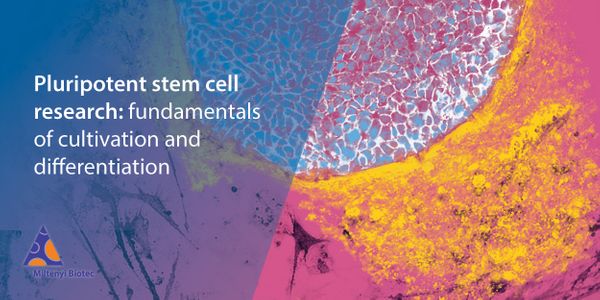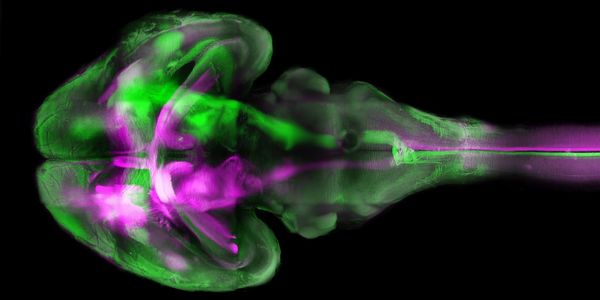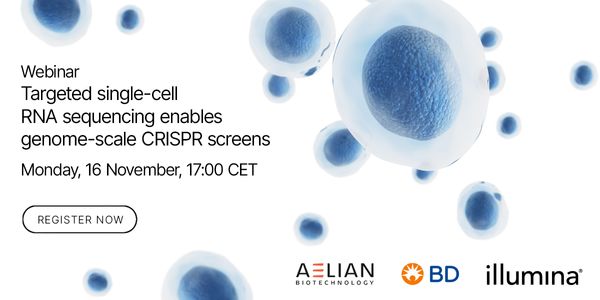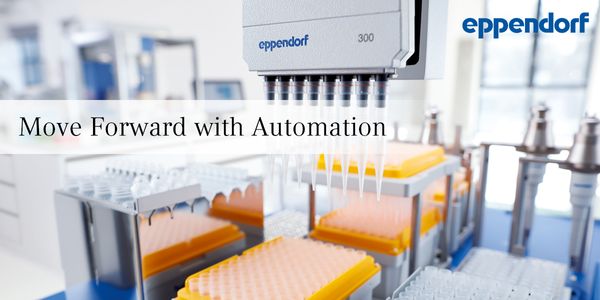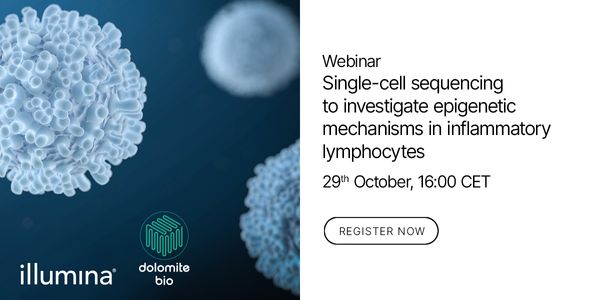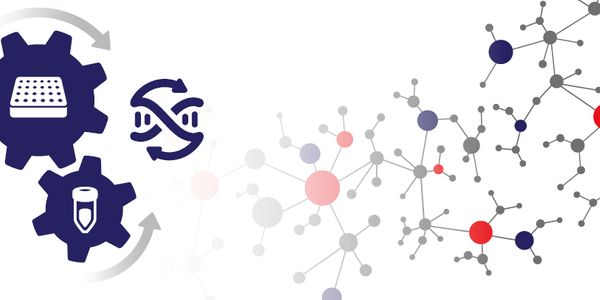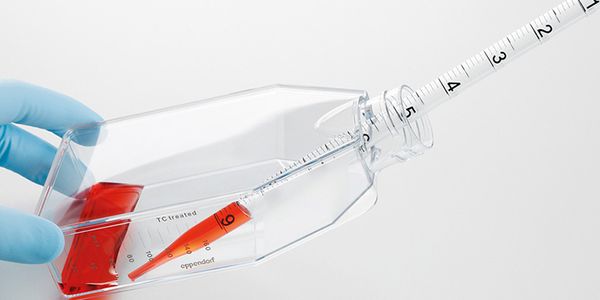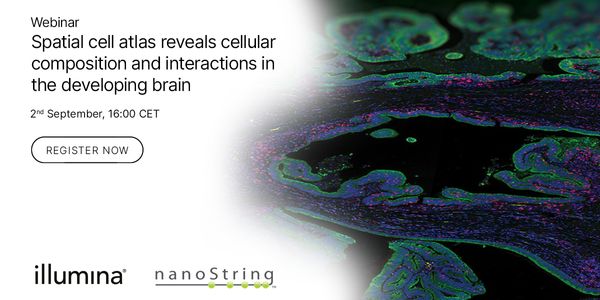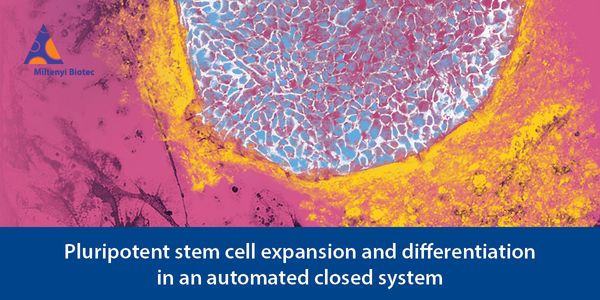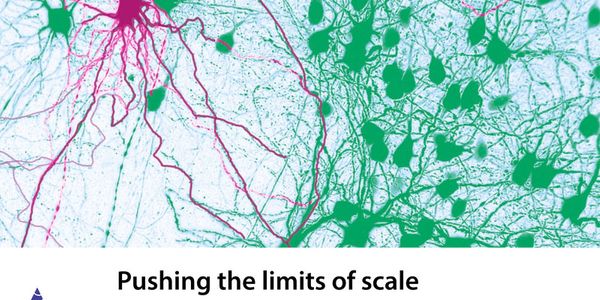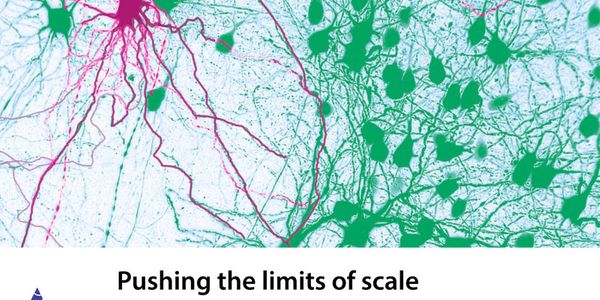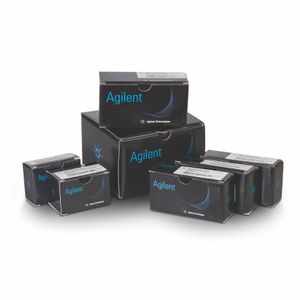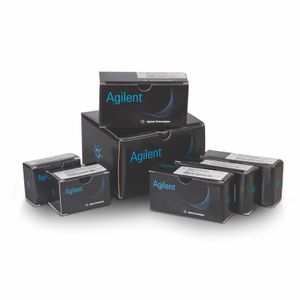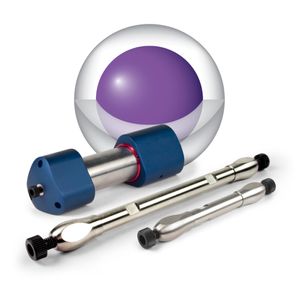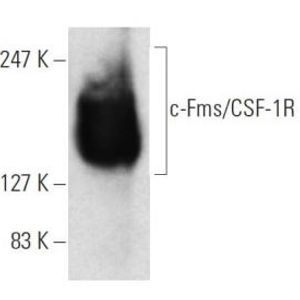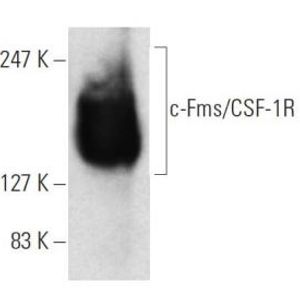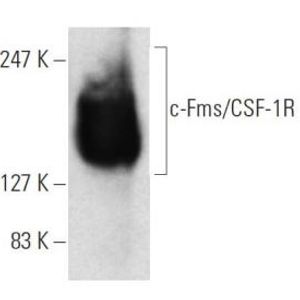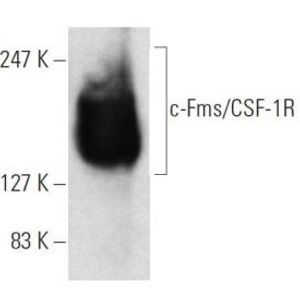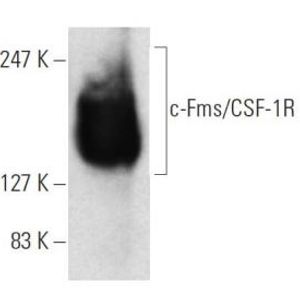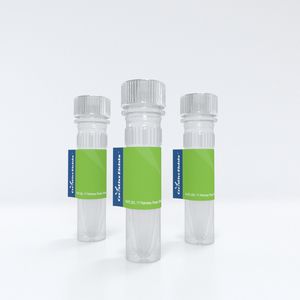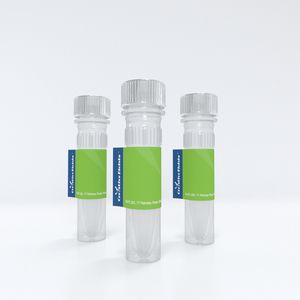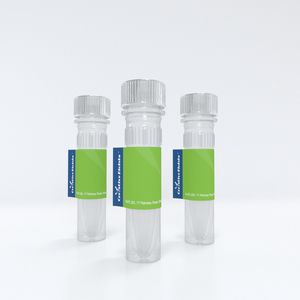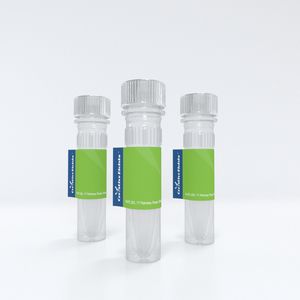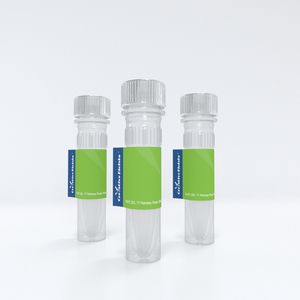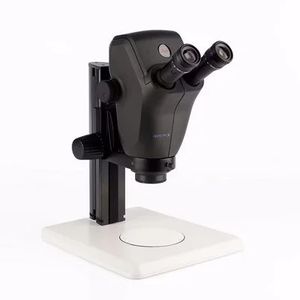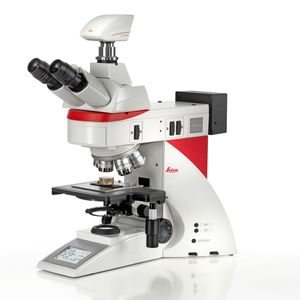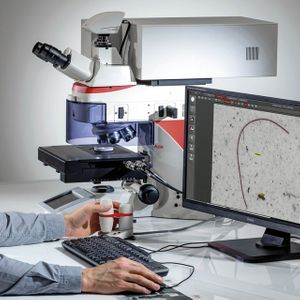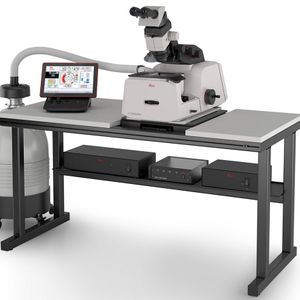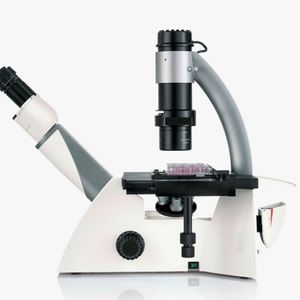Neuroscience Webinars
Learn from the latest webinars about newly released neuroscience research and advances in experimental techniques. Topics include research news in neuroscience, neurology, psychology, brain science and cognitive sciences.
Show More
-
MAY 13, 2021 | 9:00 AMDate: May 13, 2021 Time: 9:00am PDT The value proposition for laboratory medicine has long been theorized, estimated and debated. Despite decades of effort and intangible proof, the strategi...
-
MAY 11, 2021 | 10:00 AMDate: May 11, 2021 Time: 10:00zm PDT Your samples are some of the most valuable assets in the laboratory. After spending countless hours on extraction and preparation, your conclusions could...
-
MAY 06, 2021 | 9:00 AMDate: May 6, 2021 Time: 9:00am (PDT), 12:00pm (EDT) The goal of this educational webinar is to introduce the audience to induced pluripotent stem cells (iPSCs) and the ways in which they are...
-
MAY 06, 2021 | 7:00 AMDate: May 6, 2021 Time: 7:00am PDT, 10:00am EDT, 4:00pm CEST Eukaryotic cell cultures respond to the most subtle influence. Apart from the risk of contamination, minimal changes in cultivati...
-
APR 28, 2021 | 8:00 AMDATE: April 28, 2021 TIME: 08am PST Shakers and bioreactors are established versatile systems for cultivating microorganism, plant, and animal cells in suspension. Both methods aim at increa...
-
APR 01, 2021 | 8:00 AMDate: April 01, 2021 Time: 8:00am (PST), 11:00am (EST) Generating therapeutic antibodies is far more challenging than obtaining antibodies that merely recognize their targets. Engineering po...
-
MAR 25, 2021 | 8:00 AMDate: March 25, 2021 Time: 8:00am (PST), 11:00am (EST) Flow cytometry has expanded to have more users, more data, and multiple instrument types. While this has lead to more quantitative data...
-
MAR 18, 2021 | 8:00 AMDATE: March 18, 2021 TIME: 8:00am PDT Sequencing of bulk cells, single cells, and nuclei is opening doors in the understanding of complex biological processes....
-
MAR 16, 2021 | 10:00 AMDate: March 16, 2021 Time: 10:00am (PST) Scientific progress and breakthroughs today are often too expensive for most institutions to acquire. Each year, the National Institutes of Health (N...
-
DEC 17, 2020 | 9:00 AMDate: December 17, 2020 Time: 9:00am (PST), 12:00pm (EST) Correlative light and electron microscopy (CLEM) advances biological discoveries by merging different microscopes and imaging moda...
-
DEC 16, 2020 | 8:00 AMDate: December 16, 2020 Time: 8:00am (PST), 11:00am (EST) Molecular imaging of living specimens offers a means to draw upon the growing body of high-throughput molecular data to better under...
-
DEC 03, 2020 | 9:00 AMDate: December 3, 2020 Time: 9:00am (PDT), 12:00pm (EDT) Scientific cameras used in applications such as light sheet microscopy and calcium/voltage imaging put a large emphasis on high speed...
-
DEC 02, 2020 | 9:00 AMDATE: December 2, 2020 TIME: 9:00am PDT Pluripotent stem cell (PSC) research is a continuously evolving field that beholds great promises for the future. The great application potential of P...
-
DEC 02, 2020 | 8:00 AMDATE: December 2nd, 2020 TIME: 08:00am PDT, 11:00pm EDT Bioreactors and shakers are used to cultivate microorganisms, plant, insect, and mammalian cells in different volumes. Upscaling of pr...
-
NOV 18, 2020 | 8:00 AMDATE: November 18, 2020 TIME: 08:00am PDT We develop and implement technologies to solve some of the major bottlenecks in biomedical research. In particular, we establish new imaging approac...
-
NOV 16, 2020 | 8:00 AMDate: November 16, 2020 Time: 8:00am (PST), 11:00am (EST) CRISPR screening has become the prime discovery tool in modern biomedical research and drug discovery. At the same time, most screen...
-
NOV 10, 2020 | 7:00 AMDATE: November 10, 2020 TIME: 7:00am PDT, 10:00am EDT Automation can provide tremendous benefits such as increased pipetting precision and accuracy, productivity, and throughput. Numerous wo...
-
OCT 29, 2020 | 6:00 AMDate: October 29, 2020 Time: 6:00am (PDT), 9:00am (EDT), Chronic inflammation can occur as a result of a combination of genetic predispositions and environmental factors. Epigenetic modifica...
-
OCT 22, 2020 | 8:00 AMAbstract: Detection and/or amplification of target DNA sequences by polymerase chain reaction (PCR) is a prevalent method in molecular biology. PCR has a broad range of applications, includi...
-
OCT 08, 2020 | 7:00 AMDATE: October 8, 2020 TIME: 7:00am PDT, 10:00am EDT, 4:00pm CEST How often do you pipette in your cell culture lab every day? Usually, we do it so often that we tend stop thinking about ho...
-
SEP 22, 2020 | 7:00 AMDATE: September 22, 2020 TIME: 7am PDT, 10am EDT, 4pm CEST Shakers and bioreactors are established versatile systems for cultivating microorganism, plant, and animal cells......
-
SEP 02, 2020 | 7:00 AMDATE: September 2, 2020 TIME: 03:00pm PDT, 6:00pm EDT Spatial omics is an expanding collection of methods to examine biological molecules in their geographical context. By retaining the prec...
-
AUG 18, 2020 | 10:00 AMDATE: August 18, 2020 TIME: 10:00am PT Get deeper understanding of gene expression patterns by using assays that retain spatial organization at single cell resolution! Come learn about the n...
-
JUL 30, 2020 | 10:00 AMDATE: July 30, 2020 TIME: 10:00am PT Regenerative medicine has become a key focus worldwide and the number of stem cell, especially pluripotent stem cell (PSC)-based clinical trials are rapi...
-
JUL 21, 2020 | 8:00 AMDATE: July 21, 2020 TIME: 8:00am PDT, 11:00am EDT The adult brain is composed of densely interwoven neuronal and vascular networks that are essential for proper function. Understanding the s...
-
JUL 15, 2020 | 8:00 AMDATE: July 15, 2020 TIME: 8:00am PT Everyone working with cultured cells experiences contamination at some point. Contamination by microorganisms, other mammalian cells, and volatile organic...
-
JUL 09, 2020 | 11:00 AMDATE: July 9, 2020 TIME: 11:00am PT Maladaptive aggression is an immutable force that contributes to the suffering and death of millions of people around the world annually, as well as prese...





